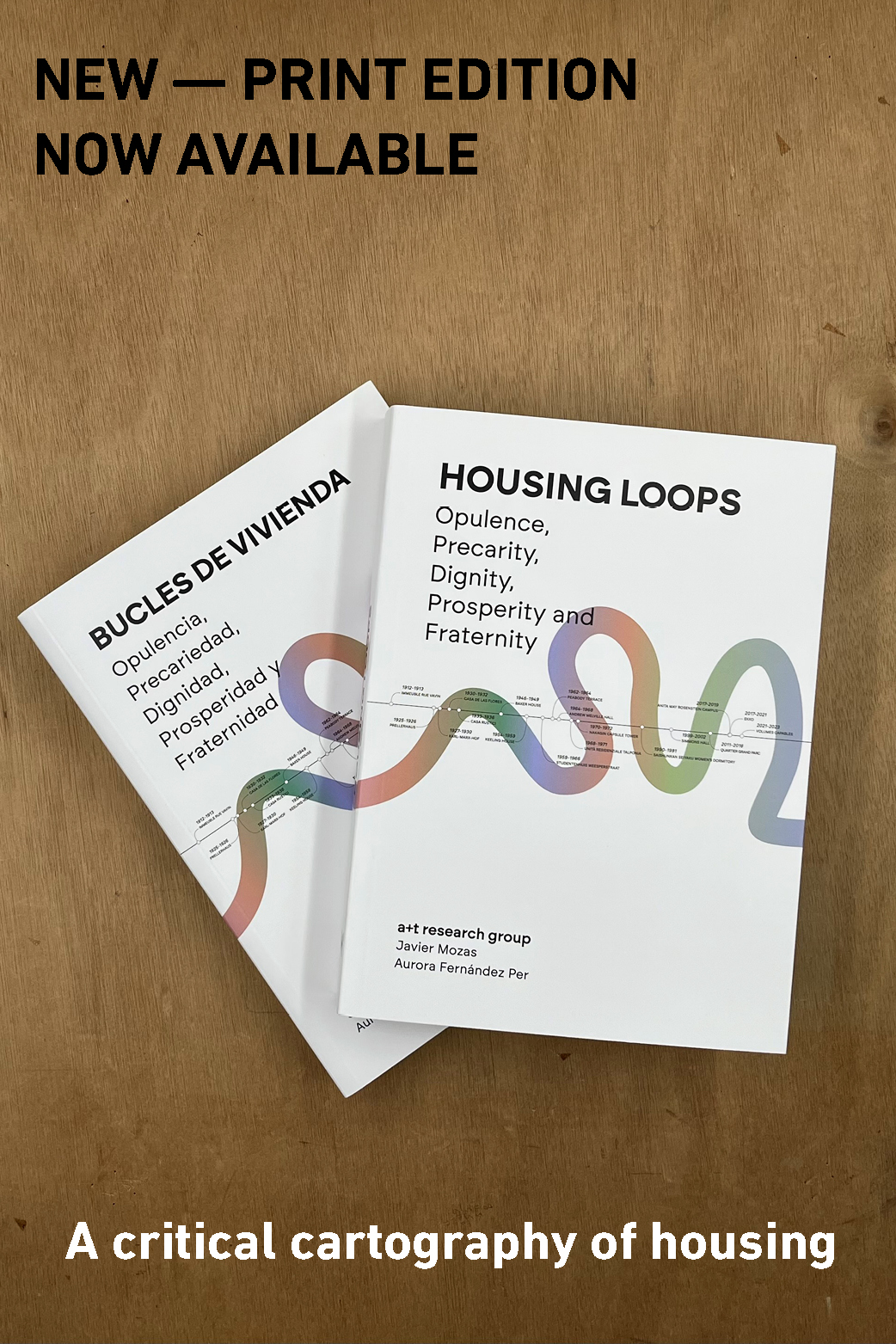Temporary architecture (2)
Campus (5)
Construction (69)
Costs (56)
Density (347)
Drawing (1)
Complex buildings (18)
Hybrid buildings (122)
Leaning (4)
Efficiency (9)
Remove (18)
Civic Facilities (84)
Schools (3)
Public spaces (181)
Exhibitions (1)
Grand Tour 1977 (5)
History (52)
Interior (48)
The City (75)
Low-cost (49)
Mix of Uses (26)
Moscow Tour (5)
Offices / Workspaces (65)
Organization (10)
Landscaping (152)
Prefab (11)
Recycle (22)
Retrieve (21)
Reduce (20)
Remediate the territories (43)
Refurbishment (85)
Reuse (59)
Simulate (7)
Sustainability (89)
Design techniques (26)
Japanese lineages Tour (18)
Multiple uses (11)
Housing (109)
Collective housing (475)
Collective Housing XX Century (6)
Currently, electronic devices transport the self to virtual realities, blur public with private, even the innermost, and provide a foretaste of a different domestic spatiality. Facing this challenge, and taking a resistant stance, architecture turns its gaze to the recent past and is capable of constructing a privacy in which materiality still preserves its full evocative power.
The third volume of the GENEROSITY series is dedicated to delving into how this privacy is built in the collective housing environment. Stephen Bates signs an extensive article on new architectural options for living together, Javier Mozas summarizes in five points the benefits of a home in which it is possible to achieve domestic happiness and Aurora Fernández Per compares the strategies to improve privacy followed by 8 selected projects.
(more...)
The second issue of the GENEROSITY series is devoted to strategies of domestic exterior space.
The different degrees of domestic exteriority were modulated over time through openings or closures, with one defining moment, when the envelope was released from its load bearing functions.
From a distance, the modernist façade has multiple readings and Le Corbusier’s thick diaphragmed ‘fourth wall’ is not the same as Mies’ fine curtain wall.
Contemporary domesticity plays with the creation of thresholds to extend the liveable domain outside the envelope.
The three-dimensionality facilitates the construction of liveable spaces within a thick façade.
Works by Caruso St John Architects, Atelier Kempe Thill, Vivas Arquitectos, Henley Halebrown, Schneider Studer Primas, Studio Woodroffe Papa, MIA2, ITCHstudio + Vincenzo Di Salvia, MVRDV, Flint and Duncan Lewis - Scape Architecture.
(more...)
From his early years in Germany to the end of his life in the United States, collective housing has been very present in the work of Ludwig Mies van der Rohe. The research carried out by Fernando Casqueiro, Associate Professor at ETSAMadrid, compiles, for the first time, the entire collection of collective housing projects signed by the master.
Each work has been analysed, redrawn and compared on the same parameters.
The result is a voyage through the creation and consolidation of a typology, culminating in 860-880 Lake Shore Drive and the Lafayette Pavilion.
The collection is made up of 36 projects, built or only designed, that cover Mies' life, his relationship with his clients and the influence of his collaborators, from his beginnings in Berlin until his death in Chicago.
MIES VAN DER ROHE. THE COLLECTIVE HOUSING COLLECTION is a reference volume to learn about the innovations that Mies brought to the composition of the modern floor plan and its relationship with the façade.
(more...)
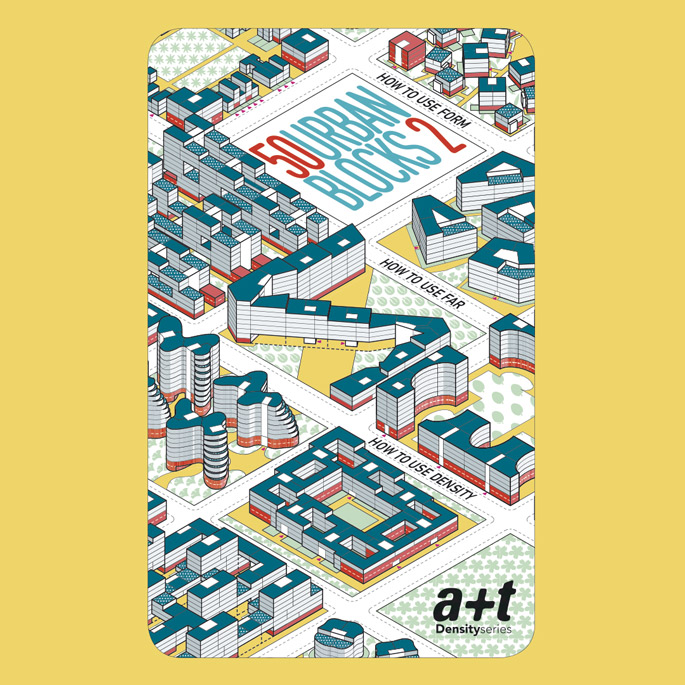
Once upon a time there was a residential building that emerged from an urban project, in turn the consequence of an intermediate plan, which was born from a master plan ... Here is the routine growth of the contemporary city, which is structured from top to bottom in a succession of decisions - more like surrenders and resignations - where only a few initial ideals manage to survive.
To face the game board on which the construction of the city takes place, we propose a test ground whe.
(more...)
The ’15-minute City’, the ’10-minute City, or the ‘Distributed City’ will only become possible if they are based on these three options: 1. The COMPACT CITY instead of the dispersed city, 2. COLLECTIVE HOUSING instead of single-family houses and 3. The INTERACTION OF FUNCTIONS instead of the segregation of uses.
Why Density? is a set of tools created by a+t research group in order to build the dense city. These involve practical urban-level concepts applied to specific collective housing buildings. All the illustrations have been done specifically for this publication.
(more...)
Currently, the basic premises of collective dwellings are also being reformulated and they are becoming more flexible and indifferent. Their situation within the urban environment is less important due to the fragmentation and dissolution of contemporary cities. The offer is enhanced by a multiplicity of opportunities. Examples and solutions have merged together and functional separations fade away in the mist of postmodernity. There is no clear separation between different areas. The dispers.
(more...)
Project published in: DENSITY IS HOME. Photos by a+t research group. October, 2018

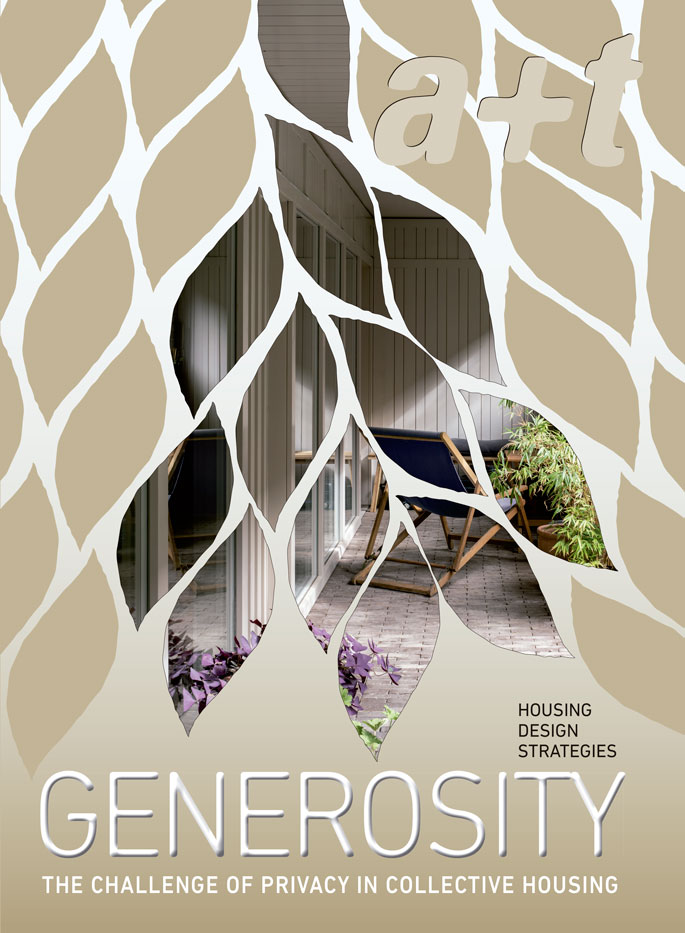
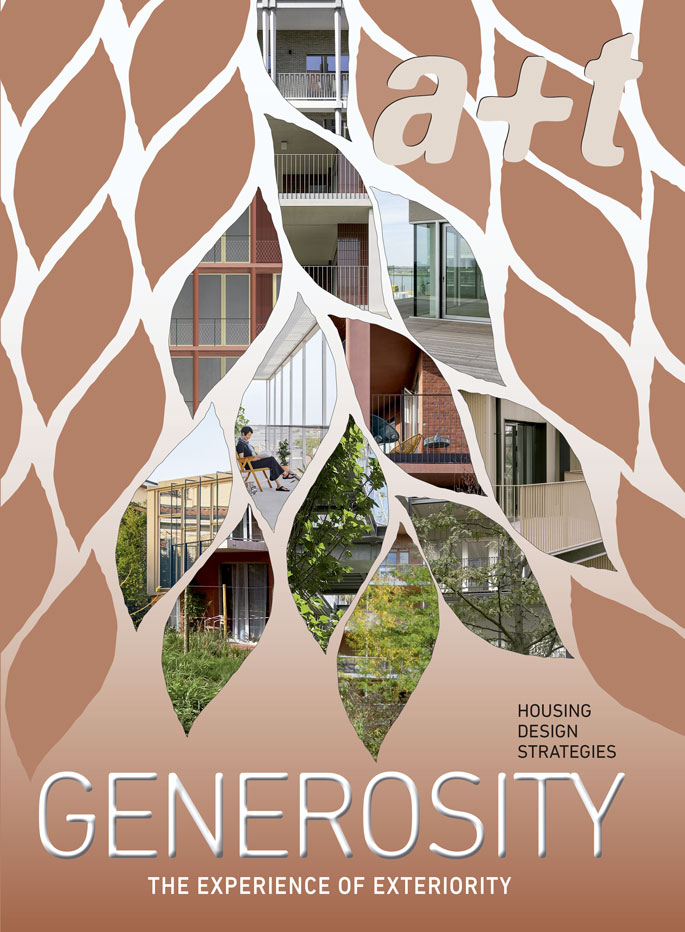
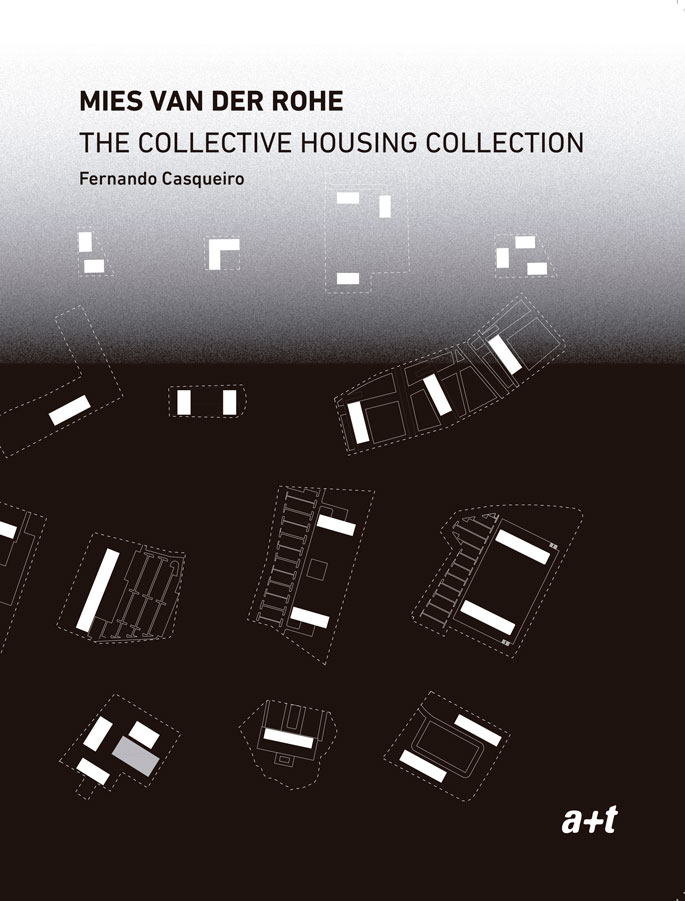
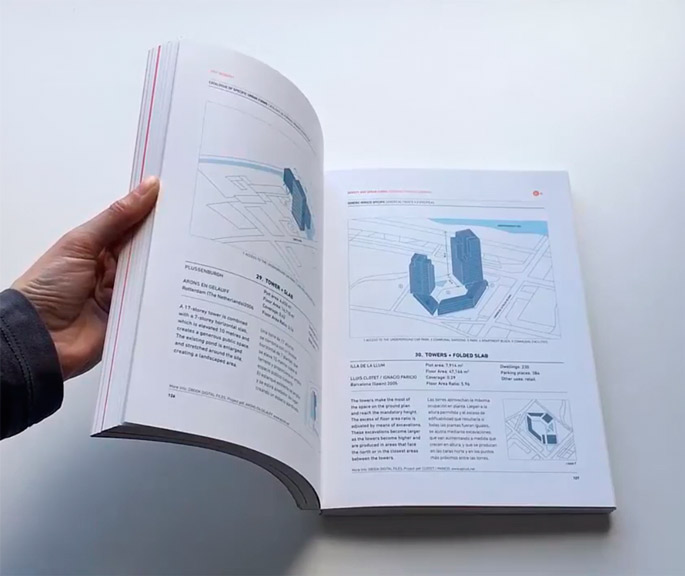
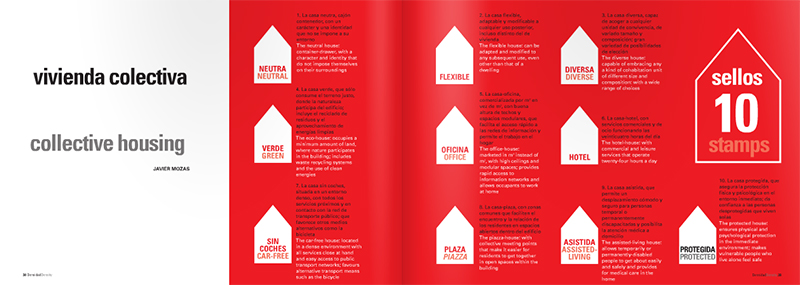
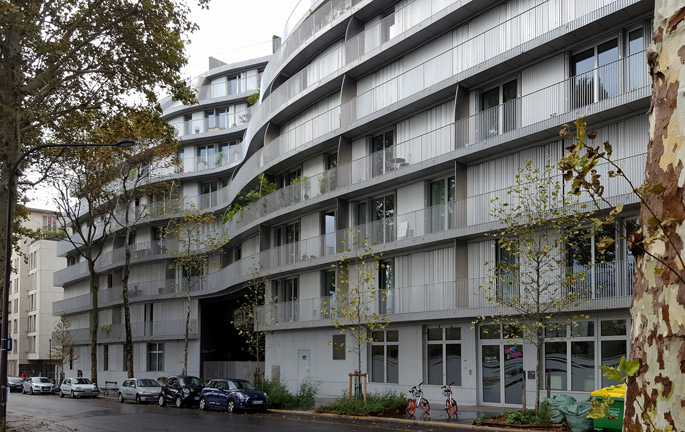
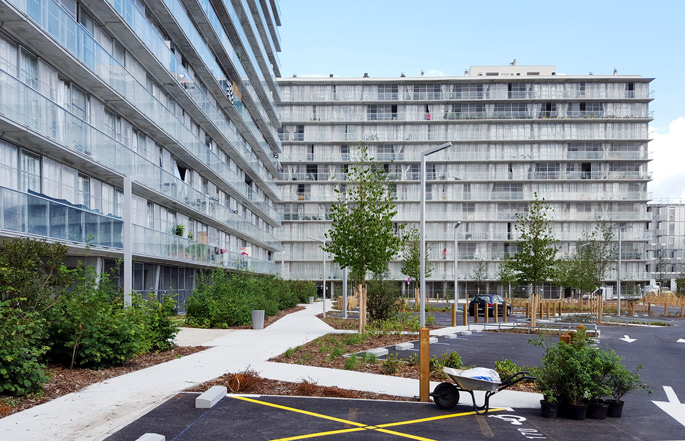
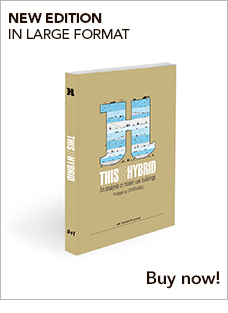




 I've read and agree to
I've read and agree to 


